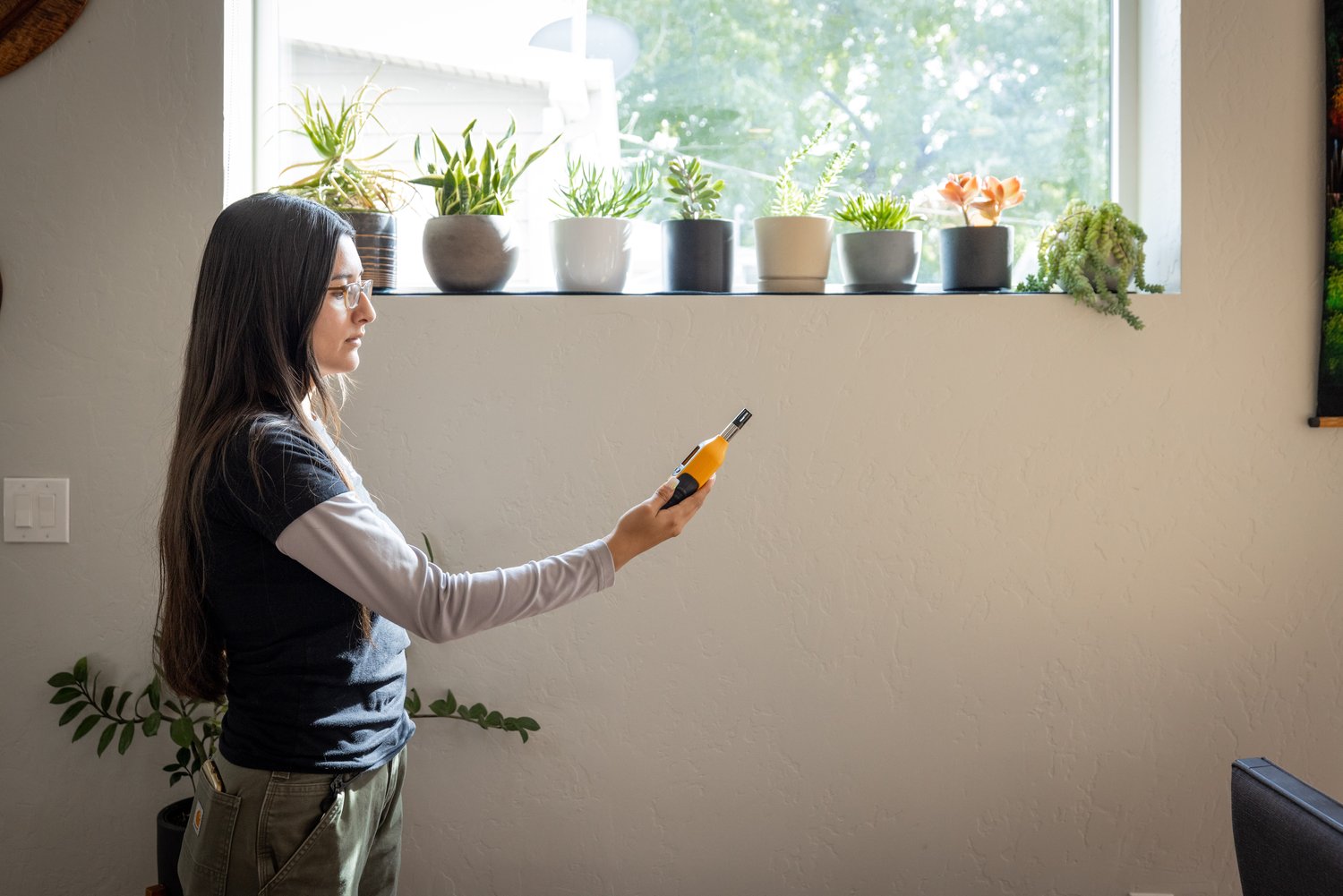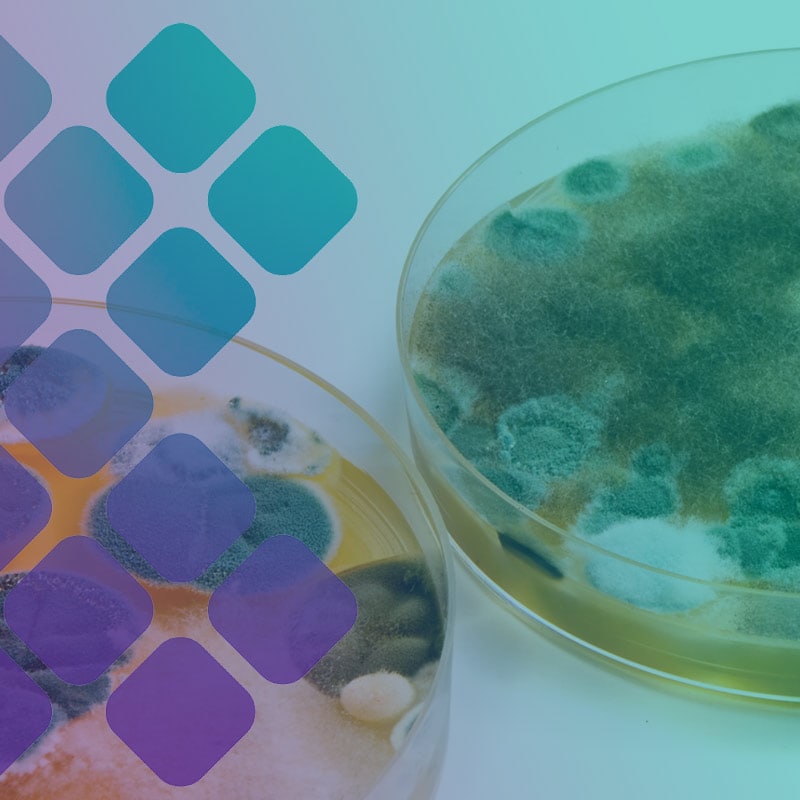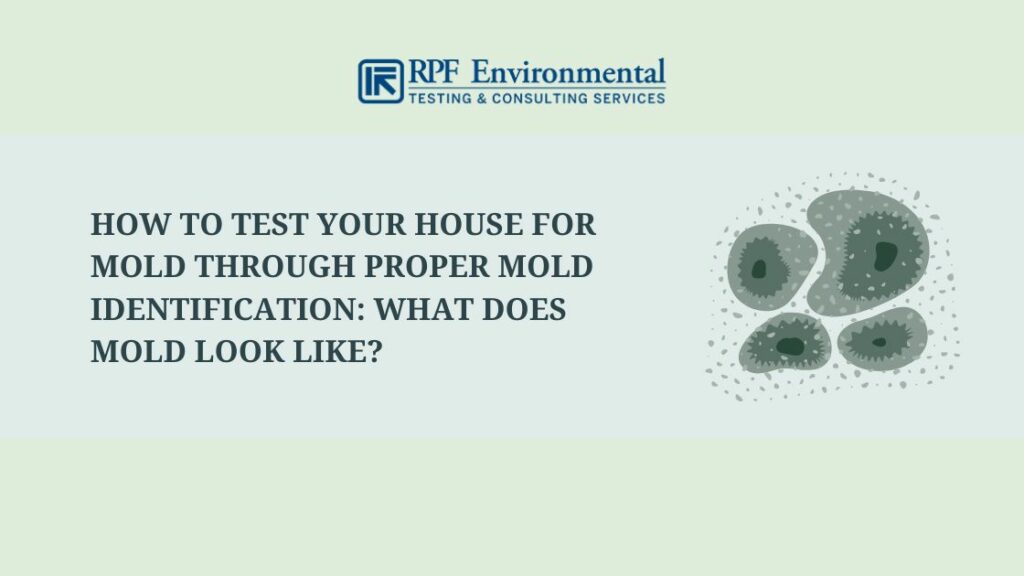Mycotoxin testing Services: Making certain Quality and Safety And Security in Your Supply Chain
Mycotoxin testing Services: Making certain Quality and Safety And Security in Your Supply Chain
Blog Article
Exactly How Mycotoxin Testing Aids Avoid Contamination and Protect Food Products

Mycotoxin testing is an important method in the food sector, offering as a frontline defense versus contamination by unsafe contaminants created by mold and mildews. Via the application of innovative strategies like High-Performance Liquid Chromatography (HPLC) and Fluid Chromatography-Mass Spectrometry (LC-MS), food manufacturers can accurately spot and quantify mycotoxin levels in farming products.
Recognizing Mycotoxins
Comprehending mycotoxins starts with acknowledging that they are toxic additional metabolites created by specific mold and mildews, which can infect agricultural items. These metabolites are not necessary for the growth or recreation of the fungis but can have severe ramifications for animal and human health and wellness. Mycotoxins are frequently discovered in staple plants such as corn, wheat, barley, and nuts, where they can proliferate under details conditions of wetness and temperature.
There are numerous kinds of mycotoxins, each produced by different fungal species. Fusarium types generate trichothecenes and fumonisins, both of which are linked with different acute and persistent health concerns.

Risks of Mycotoxin Contamination
The risks of mycotoxin contamination are diverse, posing substantial dangers to both food safety and public health. Mycotoxins, poisonous compounds produced by specific kinds of fungi, can infect a variety of farming products consisting of cereals, nuts, flavors, dried fruits, and coffee. As soon as these toxic substances penetrate the food supply, they can result in major health issues such as liver damage, kidney failure, and also cancer cells. Susceptible populaces, consisting of kids, the senior, and immunocompromised individuals, are specifically in jeopardy.
Financial influences are one more major issue. Polluted crops can lead to considerable financial losses for farmers and food producers as a result of minimized returns and the requirement for pricey decontamination actions. Global profession can be substantially impeded as countries enforce rigorous mycotoxin regulations to shield their populaces, leading to turned down shipments and strained profession relations.
Environmental elements such as environment change aggravate the risk of mycotoxin contamination. Variations in temperature level and moisture can produce positive conditions for fungal growth, boosting the likelihood of contamination occasions. Hence, understanding and alleviating these risks are vital for ensuring the safety and security and integrity of global food products.
Techniques of Mycotoxin Evaluating
Accurately identifying mycotoxin contamination in farming items is essential for securing public health and preserving food security requirements. Numerous techniques are employed to detect and measure mycotoxins, each offering certain advantages and limitations.
High-Performance Liquid Chromatography (HPLC) is an extensively made use of approach due to its high level of sensitivity and accuracy. It includes dividing mycotoxins from various other substances in a sample, enabling exact quantification. Liquid Chromatography-Mass Spectrometry (LC-MS) integrates liquid chromatography with mass spectrometry to supply detailed molecular info, making it specifically valuable for determining multiple mycotoxins simultaneously.

Gas Chromatography-Mass Spectrometry (GC-MS) and Thin-Layer Chromatography (TENDER LOVING CARE) are additionally used, each with distinct applications. GC-MS works for unpredictable mycotoxins, while tender loving care supplies an easier, cost-effective choice for preliminary testing.
Benefits of Regular Testing
Regular screening for mycotoxins in agricultural items offers many benefits, substantially adding to public health and wellness and food security. By recognizing contamination early, routine testing helps protect against the circulation of poisonous foods, thereby reducing the threat useful reference of mycotoxin-related illnesses amongst customers. This aggressive strategy not just safeguards human health and wellness however additionally improves the general quality of food products.
Consistent testing also supports regulative conformity. Different nations and areas have actually developed rigorous limitations for mycotoxin levels in food and feed. Sticking to these limitations with regular screening makes sure that distributors and producers satisfy legal standards, thus preventing penalties and profession obstacles. Keeping compliance promotes customer count on and brand credibility, which are visit this website vital for market success.
Additionally, regular mycotoxin testing can lead to considerable financial advantages. Early detection of contamination permits for prompt treatment, minimizing possible losses from widespread contamination. Executing routine testing procedures can additionally reduce recall prices and relevant responsibilities, which can be financially devastating.
In addition, routine screening provides valuable data that can inform much better agricultural methods and storage space problems. By understanding patterns of contamination, manufacturers can adopt precautionary procedures, therefore adding and reducing future dangers to the sustainability of the food supply chain.
Carrying Out Evaluating Protocols
Executing effective mycotoxin testing procedures is important for making certain the security and top quality of farming products. Establishing a durable screening structure entails multiple key actions, beginning with the recognition of possible contamination points within the manufacturing and supply chain. This consists of pre-harvest, post-harvest, storage space, and distribution phases. Each stage should be scrutinized to determine where mycotoxin contamination is probably to occur.
Once vital control factors are recognized, selecting proper screening approaches is vital. Typical methods consist of enzyme-linked immunosorbent assay (ELISA), high-performance liquid chromatography (HPLC), and mass spectrometry (MS) Each approach has its strengths and weak points; hence, choosing the proper one depends on the specific mycotoxin being evaluated, the called for sensitivity, and readily available sources.

Finally, incorporating the screening protocols right into a detailed food security administration system is advisable. This improves traceability and enables swift rehabilitative activities when contamination is spotted, consequently securing the stability of the food supply chain.
Conclusion
Mycotoxin screening is essential in avoiding contamination and securing food products by enabling very early detection of hazardous toxins wikipedia reference created by mold and mildews in agricultural items. Normal testing improves brand name credibility, financial security, and count on in food safety by lessening contamination-related losses and keeping high standards in food manufacturing.
Mycotoxin testing is a crucial method in the food industry, offering as a frontline protection versus contamination by dangerous contaminants produced by mold and mildews. An integrated approach entailing agricultural methods, storage space administration, and normal screening can minimize the dangers associated with mycotoxin contamination, making certain food safety and public health.
The dangers of mycotoxin contamination are diverse, posing substantial risks to both food security and public wellness.Routine testing for mycotoxins in farming products uses various benefits, significantly contributing to public health and wellness and food security.Mycotoxin screening is essential in stopping contamination and guarding food supplies by making it possible for early discovery of hazardous toxic substances created by molds in agricultural items.
Report this page